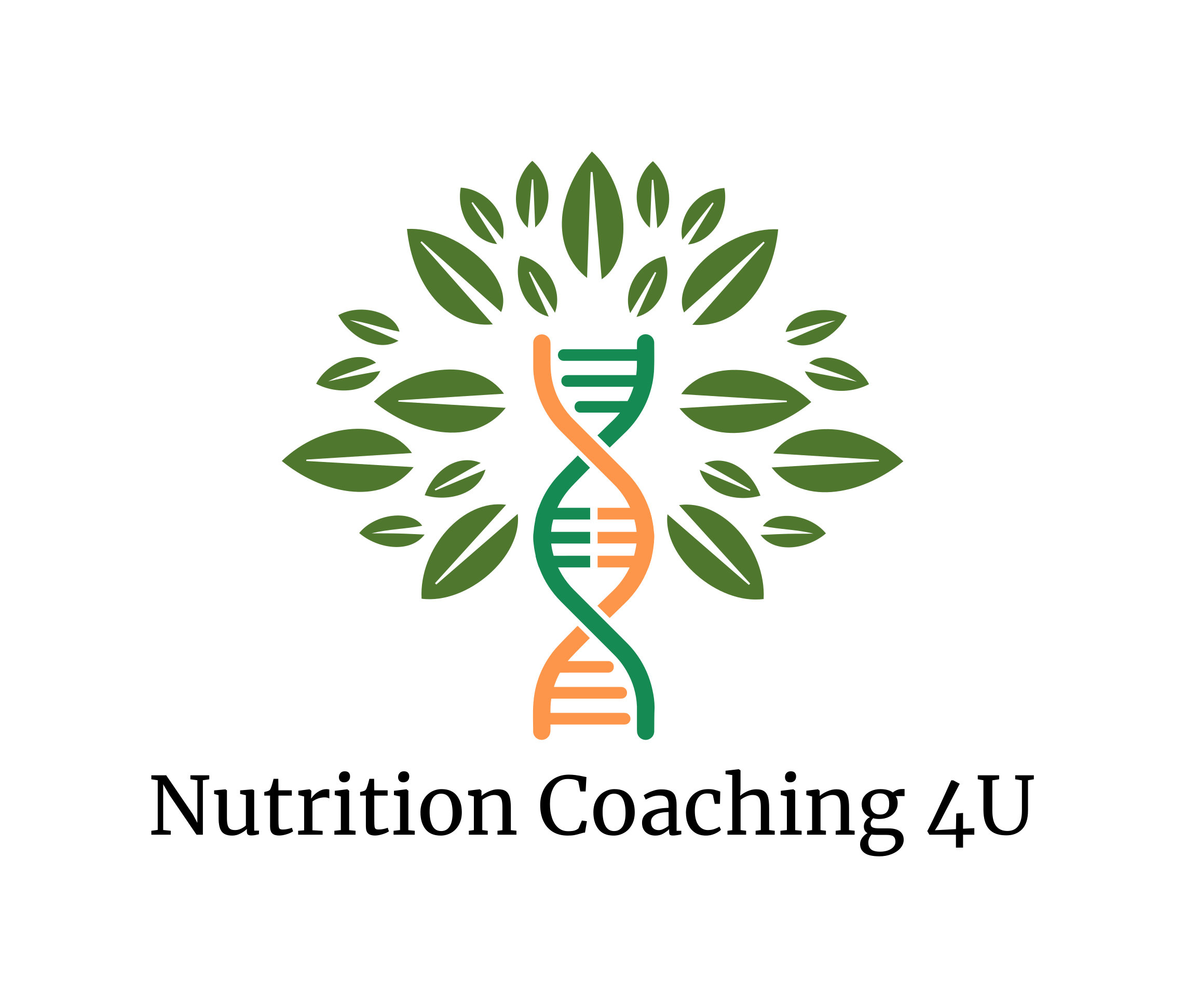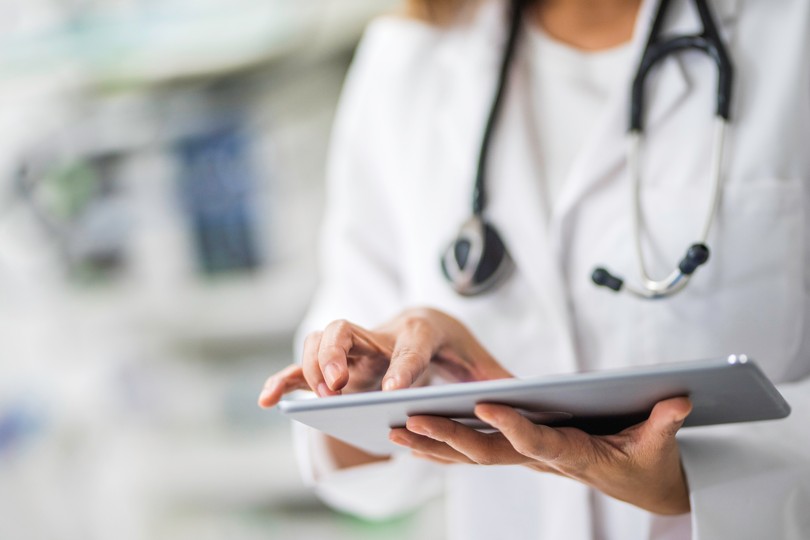Let’s be honest—figuring out what to eat can feel like a full-time job. With endless headlines telling you to cut carbs one week and drink buttered coffee the next, “eating healthy” gets confusing fast. But what if you could quiet all the noise and focus on one powerful, science-backed approach that not only supports weight loss, but also boosts a key hunger-regulating hormone in your body?
Say hello to GLP-1.
This not-so-secret weapon can make managing your appetite, blood sugar, and energy a whole lot easier—and your plate has everything to do with it.
“I’m on a GLP-1 medication—do I still need to worry about what I eat?”
Yes—but not in a restrictive or punishing way. Whether you’re currently taking a GLP-1 medication like Wegovy, Ozempic, or Mounjaro, thinking about starting one, or have come off it recently, your nutrition still plays a huge role in how your body responds, and how sustainable your results are.
In fact, a balanced diet can work alongside your medication to enhance fullness, reduce nausea, support muscle retention, and improve energy. And the best part? A few simple food choices can even naturally boost GLP-1 production in your body—yes, your body makes it too!
What Is GLP-1, Anyway?
GLP-1 (short for glucagon-like peptide-1) is a hormone your body naturally produces but not in the levels that the GLP-1 prescription medication provides. Your natural hormone GLP-1 plays a main role in:
- Curbing hunger
- Supporting blood sugar balance
- Enhancing insulin sensitivity
- Slowing down digestion (in a good way)
When GLP-1 is working well—whether naturally or with medication—you feel fuller longer, have fewer cravings, and it becomes easier to make food choices that align with your health goals.
How Your Diet Can Naturally Boost GLP-1 (and Help You Lose Weight)
Good news: You don’t need extreme diets to support your GLP-1 levels. Just smart, satisfying meals with the right balance of fiber, protein, and nutrient-rich ingredients. Here’s how it works:
1. Fiber: The Fullness Factor
Fiber isn’t just great for digestion—it’s a secret weapon for feeling satisfied. Foods like fruits, vegetables, legumes, and whole grains not only slow digestion, but they also stimulate GLP-1 release. That means fewer “Why am I still hungry?” moments and better appetite control between meals.
“I noticed I get full fast on my meds, but I’m hungry again an hour later.”
Try adding fiber-rich foods like lentils, berries, or leafy greens. They help stretch that fullness longer without making your stomach feel overly full or bloated.
2. Blood Sugar Balance = Fewer Cravings
Balanced blood sugar keeps your energy—and mood—steady. Choosing slow-digesting carbs like quinoa, beans, or sweet potatoes, along with protein and fat, keeps blood sugar stable and supports a steady release of GLP-1.
“I thought the meds would kill my cravings, but I still get them at night.”
This could be a blood sugar dip. Try adjusting your dinner to include more fiber and protein, or add a small bedtime snack like Greek yogurt with berries or whole grain crackers with natural peanut butter.
3. A Happy Gut Supports Hunger Hormones
Your gut microbiome—the trillions of bacteria in your digestive tract—plays a big role in GLP-1 production. Feeding your gut with prebiotic fibers (from foods like oats, bananas, and asparagus) helps it produce the short-chain fatty acids that nudge your body to make more GLP-1 on its own.
“I’ve been constipated since starting my medication.”
Yep, that’s common. Boosting your gut health with fiber, fluids, and fermented foods like kefir or sauerkraut can help get things moving and improve how your body regulates hunger.
4. Reduce Inflammation to Boost Metabolism
Chronic inflammation can blunt your GLP-1 response—whether it’s from food, stress, or lack of sleep. Anti-inflammatory foods like salmon, olive oil, berries, and leafy greens help calm things down so your body can better use the tools it’s given—including the medication you’re taking.
Easy Ways to Support GLP-1—Whether You’re on Medication or Not
There’s no need to flip your diet upside down. Small tweaks = big impact. Try:
- Swapping one “indulgent” meal per week with a balanced one (veggies, protein, fiber-rich carbs).
- Adding a fiber boost to existing meals—think beans, hemp hearts, or chopped veggies.
- Balancing your plate with fiber + protein + healthy fat to stay full and satisfied longer.
These habits help everyone—whether your body’s making GLP-1 naturally or you’re giving it a little medical nudge.
The Long-Term Payoff
GLP-1 medications can be a powerful tool—but food is the foundation. When you eat to support your hormones, you:
- Avoid energy crashes
- Feel full on fewer calories
- Preserve muscle as you lose fat
- Create habits that stick—even if you stop taking the medication
“What happens when I stop the meds?”
This is the #1 question I hear—and nutrition is your answer. By eating in a way that supports GLP-1 now, you’re building habits that will help you maintain your progress long after you stop the injections.
Bottom Line
Small steps really do lead to big change. And when you’re fueling your body in a way that supports GLP-1, weight loss doesn’t have to feel like a battle—it can feel like balance. So yes, food choice matters. But it doesn’t have to be complicated. Whether you’re using a GLP-1 medication or not, your food choices can amplify your body’s natural hunger cues and make weight loss feel more doable. It’s not about dieting—it’s about working with your biology.
Want help enhancing natural GLP-1 and build meals that work with your hormones, your medication, and your goals? Let’s talk.
Schedule your free 1:1 Nutrition strategy call with a registered dietitian at Nutrition Coaching 4U today.

